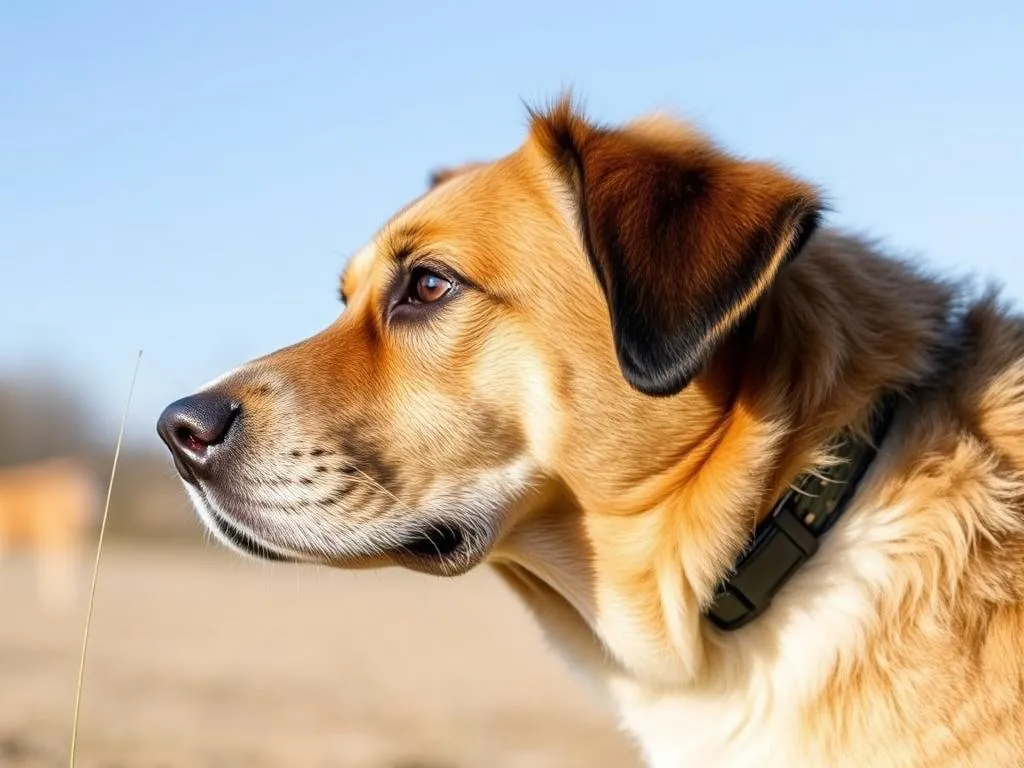
Regular exercise is essential for senior dogs to maintain their physical and mental health. As dogs age, they encounter a variety of health issues that can impact their quality of life. Understanding these changes is crucial, and this article will provide practical exercise tips for senior dogs tailored to their unique needs.
Understanding the Unique Needs of Senior Dogs
Physical Changes in Senior Dogs
As dogs grow older, they undergo several physical changes that can affect their activity levels. These changes include:
- Decreased energy levels: Senior dogs may not have the same stamina as they did in their younger years, making it vital to adjust their exercise routine accordingly.
- Joint and mobility issues: Conditions like arthritis are common in older dogs, leading to stiffness and discomfort during movement.
- Changes in muscle mass and strength: Aging can result in a loss of muscle mass, which impacts a dog’s overall strength and agility.
Common Health Issues in Senior Dogs
Senior dogs often face various health challenges, including:
- Arthritis: This degenerative joint disease can cause significant pain and reduced mobility, necessitating a tailored exercise approach.
- Obesity: Many senior dogs are prone to weight gain due to lower activity levels, which can exacerbate other health problems.
- Heart disease: Like humans, dogs can develop heart conditions that require regular, moderate exercise to manage.
- Cognitive decline: Aging can also affect a dog’s mental health, leading to conditions like canine cognitive dysfunction, where mental stimulation becomes essential.
Importance of Tailored Exercise
The exercise needs of senior dogs differ from those of younger dogs. They require exercise tips for senior dogs that focus on low-impact activities, helping maintain their health without causing undue strain. Appropriate exercise can improve mobility, manage weight, and enhance mental well-being.
Safe Exercise Practices for Senior Dogs
Consulting with Your Veterinarian
Before beginning any exercise regimen, it’s crucial to consult with your veterinarian. A health check will help identify any specific limitations or health concerns your dog may have, allowing you to create a safe and effective exercise plan. Your vet can also provide insights into the best types of activities suited for your dog’s condition.
Choosing the Right Type of Exercise
When selecting exercises for senior dogs, consider the following:
- Low-impact activities: Walking and swimming are excellent choices. They provide cardiovascular benefits without putting additional stress on the joints.
- Mental stimulation: Engaging your dog’s mind is just as important as physical exercise. Puzzle toys, scent games, and brain-training exercises can keep their minds sharp.
- Social activities: Participating in dog parks or arranging playdates with other dogs can encourage socialization and light exercise in a fun environment.
Monitoring Your Dog’s Condition During Exercise
Always pay attention to your dog during exercise. Signs of fatigue or distress, such as excessive panting, limping, or reluctance to continue, indicate that your dog may need to stop or reduce the intensity of the activity. Adjust the exercise routine based on your dog’s response to ensure they remain comfortable and happy.
Recommended Exercise Tips for Senior Dogs
Daily Walking Routine
Walking is one of the best exercises for senior dogs. Here are some tips:
- Ideal duration and frequency: Aim for shorter walks, typically 15 to 30 minutes, two to three times a day. This frequency helps keep your dog active without overexertion.
- Tips for keeping walks engaging: Varying your walking routes can provide new sights and smells, making each outing more exciting. You can also incorporate gentle hills or soft terrain to keep things interesting.
Fun Activities to Keep Them Active
In addition to walking, consider other enjoyable activities:
- Swimming: This is a fantastic joint-friendly exercise. Many dogs love water, and swimming can help maintain muscle tone while being gentle on their joints.
- Gentle games: Simple games like fetch or hide-and-seek can be modified for senior dogs. Use soft toys and limit the distance to avoid overexertion.
- Interactive toys: Toys that require your dog to move or solve puzzles can promote activity while providing mental stimulation.
Stretching and Flexibility Exercises
Regular stretching can be beneficial for senior dogs. Here’s why:
- Importance of stretching: Stretching helps maintain flexibility and can alleviate stiffness, making movement easier and more comfortable.
- Simple stretching routines: Teach your dog to stretch by encouraging them to reach for treats placed above their heads or alongside their bodies.
- Benefits of regular flexibility exercises: Consistent stretching routines can enhance mobility and reduce the risk of injury.
Building an Exercise Routine
Creating a Flexible Schedule
Establishing an exercise routine that suits your dog’s needs is essential:
- How to establish a routine: Aim for consistency in timing and duration of exercises, but remain flexible based on your dog’s energy levels and health status.
- Importance of consistency without overexertion: Regular exercise promotes better physical health, but it’s vital to listen to your dog’s body and adjust as necessary.
Gradual Progression
It’s important to introduce new activities progressively:
- Tips for gradually increasing intensity and duration: Start with shorter sessions and gradually increase the length and intensity. This approach allows your dog to build endurance without risking injury.
- Recognizing and respecting your dog’s limits: Every dog is different, and some may require more time to adjust to an exercise routine. Always prioritize their comfort and well-being.
Adapting to Changing Health Conditions
As your dog ages, their health status may change:
- How to modify the routine: Be prepared to adjust the exercise plan based on your dog’s condition. If they show signs of pain or discomfort, consult your vet and modify the activities accordingly.
- Importance of ongoing communication with your vet: Regular check-ups will help you stay informed about your dog’s health, allowing you to adapt their exercise routine effectively.
Nutrition and Hydration Considerations
Diet for Active Senior Dogs
Proper nutrition is vital for senior dogs, especially those that are active:
- Nutritional needs of senior dogs: Ensure their diet is rich in protein, vitamins, and minerals to support muscle health and overall vitality.
- Importance of a balanced diet: A balanced diet helps maintain a healthy weight, which is crucial for preventing obesity-related health issues.
Hydration Tips
Staying hydrated is essential for senior dogs:
- Importance of keeping senior dogs well-hydrated: Ensure fresh water is always available, especially after exercise.
- Signs of dehydration to watch for: Be on the lookout for signs such as dry gums, lethargy, or excessive panting, which may indicate your dog needs more water.
Conclusion
Tailored exercise is essential for the health and happiness of senior dogs. By understanding their unique needs and implementing the exercise tips for senior dogs discussed in this article, you can significantly enhance their quality of life. Remember that regular, appropriate exercise contributes to their physical health and can improve their mental well-being. Make the effort to create a balanced routine, and you’ll see the rewards in your dog’s energy and enthusiasm.









